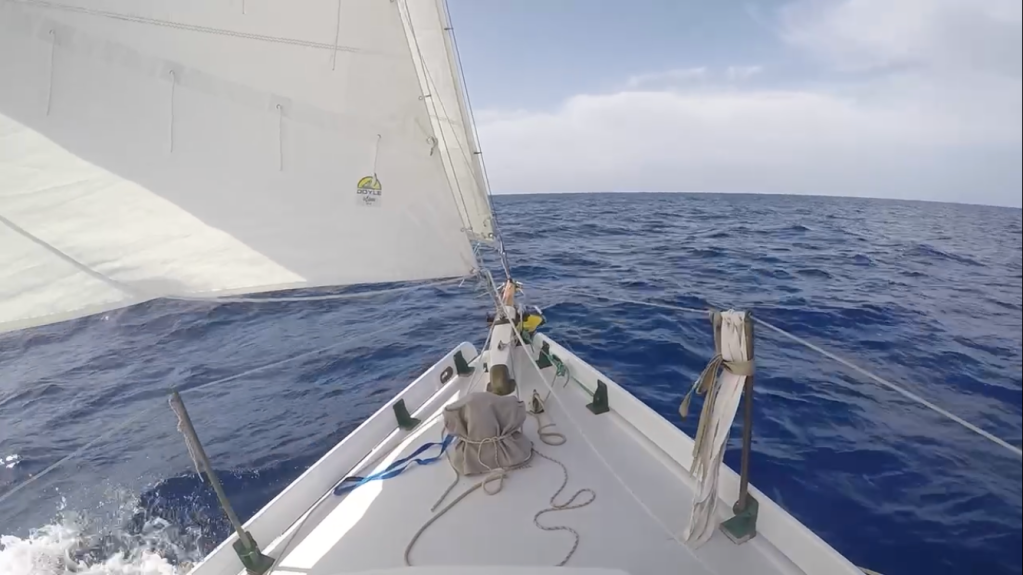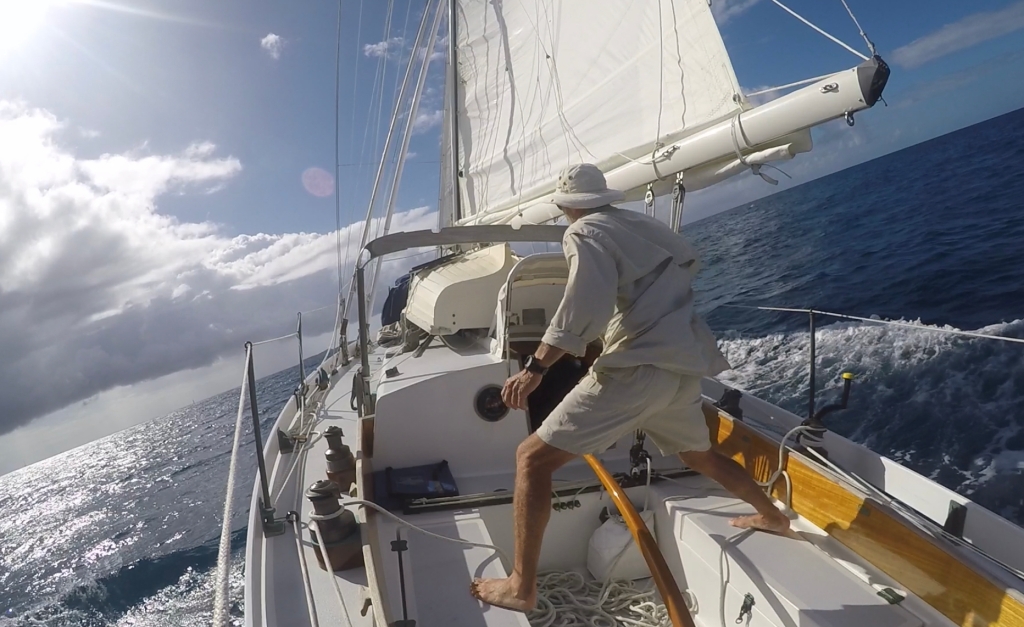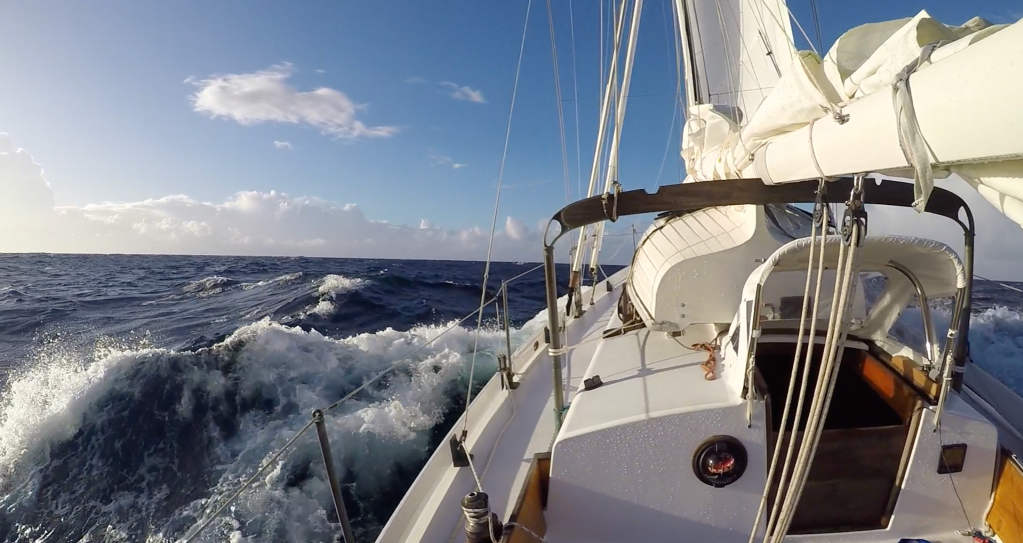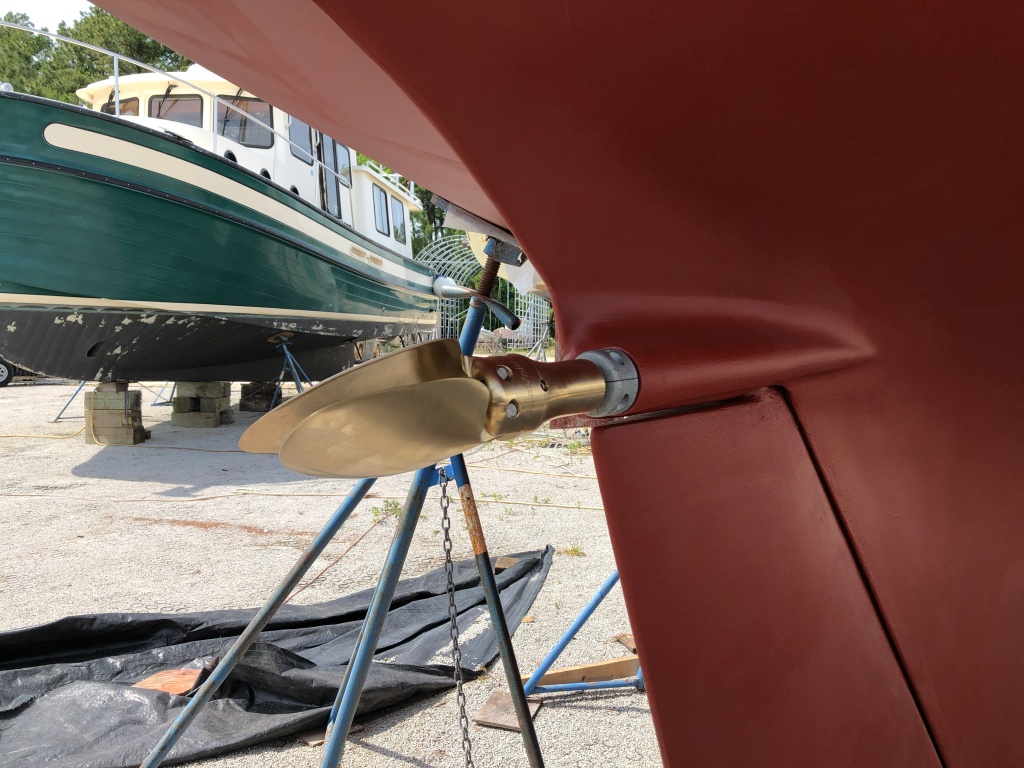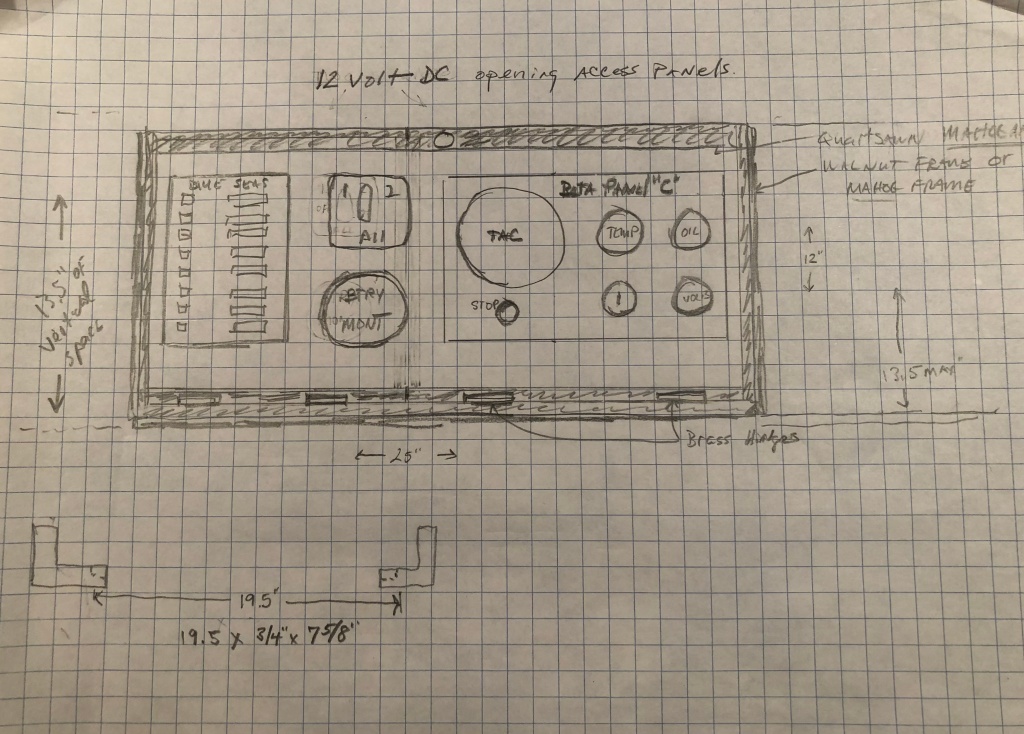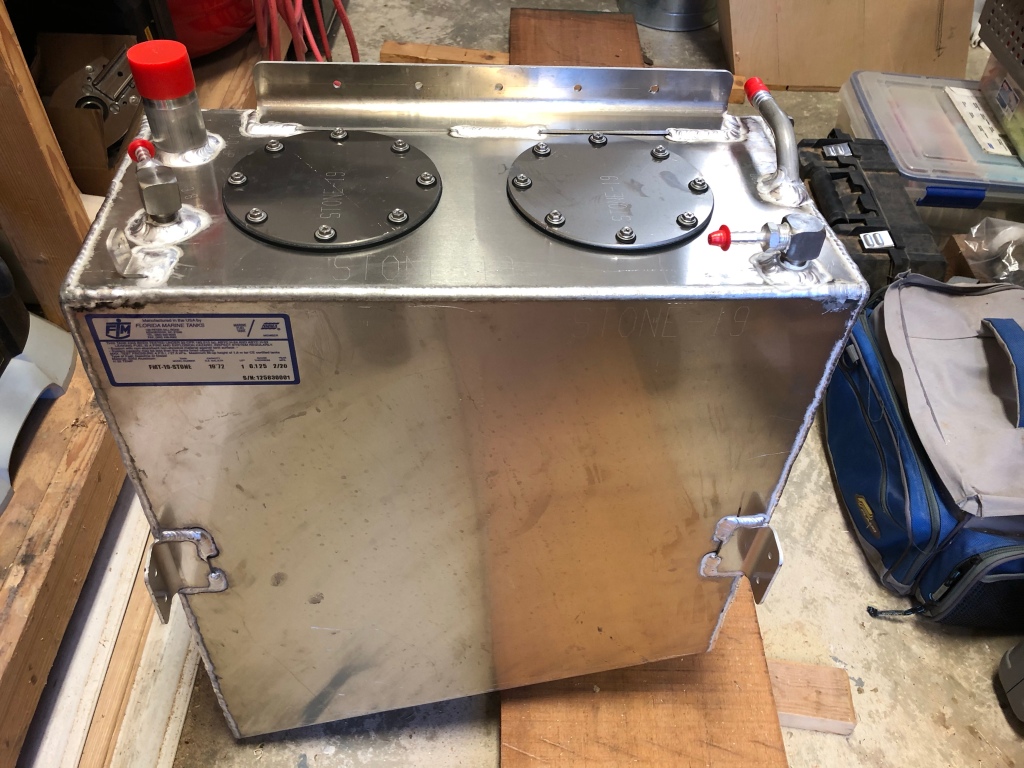Last weekend I called a contact number for WordPress Tech support. I got the number from Mr. Google. It turns out it was not WordPress. In fact WordPress does not provide support over the phone. It was a slick operation. I never suspected I was not talking with a WordPress employee. The fake rep asked to screen share. We have all done that with Apple and other tech companies. So I said OK. What he did was download some software on my computer. I saw the curser suddenly uncover my WordPress password. Still posing as a WordPress technician he wanted money to fix a problem that did not exist. He explained it was not covered under my Premier WordPress plan. I said no. He pushed. I pushed back. No, I repeated. I hung up. I immediately changed my password. It was too late.
Fortunately, I received a notice from WordPress via email asking if I meant to delete my last post and thanking me for purchasing a $750 e-commerce plan! I contacted WordPress, this time via chat. The person on the other end was superb. They quickly figured out what happened. They walked me through the steps to look for the offending programs (Zoho a screen sharing app). They refunded the fees the hacker had charged to my account. They thanked me for responding so quickly and suggested since I did not fall for the money scam the hacker retaliated. The tech rep also recommended I call Apple. WordPress said they would look into recovering my posts.
I called Apple Care and they were also superb at walking me through the steps I needed to take to ensure the MacBook was secure. They screen shared (yes I was uneasy) but they explained how I contacted them via the correct phone number and how I could tell it was them. Anyway, they went through my entire hard drive running a virus malware program but only found a few remnants of the Zoho program.
WordPress contacted me the next day and said although they could not recover the deleted posts they did find an archived version and sent it to me to make it easier to repost it which I have done.
Wow. I am careful and cautious on-line but still fell, partially, for a scam. I learned a valuable lesson.
